All,
Hi from Petra. Probably best known from the movie, “Indiana Jones and the Last Crusade”.
Petra is one of the 7 “new” wonders of the ancient world. It is a sight to see!
From CHATGPT:
🏜️ Origins & Nabataean Glory
- Founded: Likely around the 4th–3rd century BCE by the Nabataeans, a nomadic Arab people who controlled the lucrative incense and spice trade routes.
- Name: “Petra” comes from the Greek word for “rock.” The Nabataeans called it Raqmu, meaning “multicolored.”
- Location Advantage: Tucked into sandstone cliffs and hidden by narrow gorges (like the famous Siq), Petra was both a fortress and a trade hub linking Arabia, Egypt, and the Mediterranean.
🏛️ Hellenistic & Roman Influence
- The city flourished between 100 BCE and 100 CE, boasting monumental tombs, temples, and theaters carved directly into rose-red stone.
- In 106 CE, Rome annexed the Nabataean kingdom, renaming it Arabia Petraea. Petra continued to thrive for a time but gradually declined as trade routes shifted.
⛪ Byzantine & Islamic Periods
- By the 5th–6th centuries CE, Petra became part of the Byzantine Empire and housed several Christian churches.
- After a series of earthquakes and the rerouting of trade, Petra was largely abandoned by the 8th century.
🌍 Rediscovery & Modern Fame
- Known only to local Bedouins for centuries, Petra was “rediscovered” for the Western world in 1812 by Swiss explorer Johann Ludwig Burckhardt, disguised as an Arab pilgrim.
- It became a UNESCO World Heritage Site in 1985 and was named one of the New Seven Wonders of the World in 2007.
✨ Fun Facts
- The famous façade, Al-Khazneh (The Treasury), wasn’t actually a treasury — it was likely a royal tomb or temple.
- Only about 15% of Petra has been excavated — most of the city still lies buried under sand.
- The reddish hue that gives Petra its nickname “The Rose-Red City” comes from iron oxide in the sandstone.
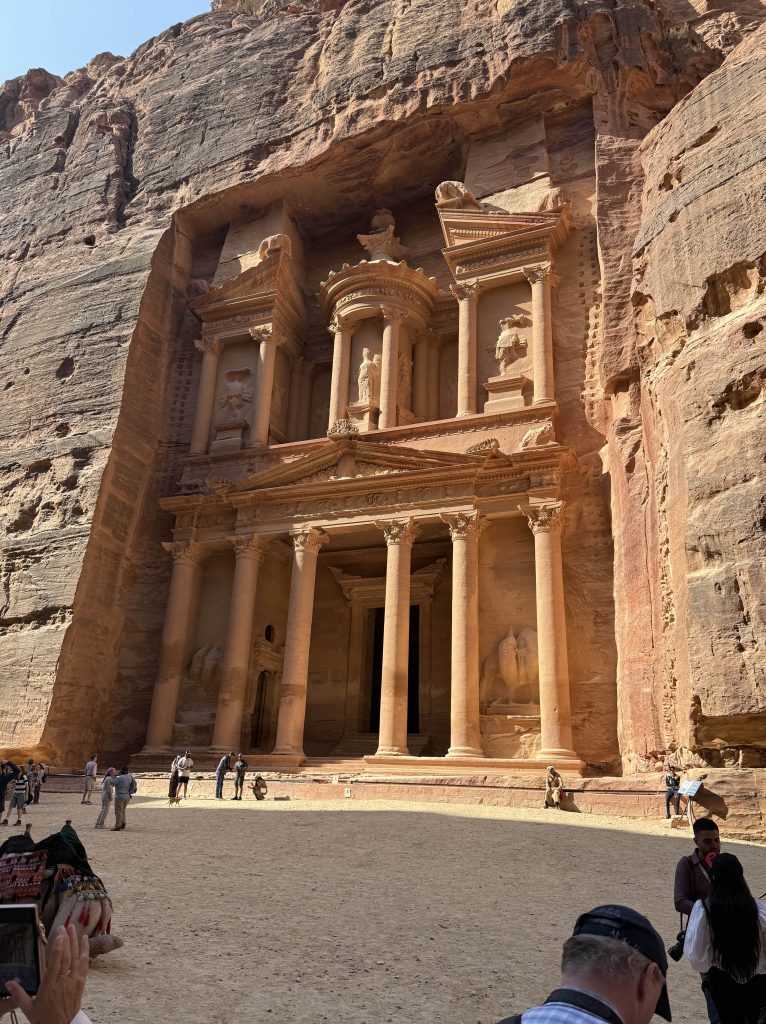
The treasury building. Very recognizable from Indiana Jones and the Last Crusade. Not really a treasury, but a tomb for the Nabatean King and his family
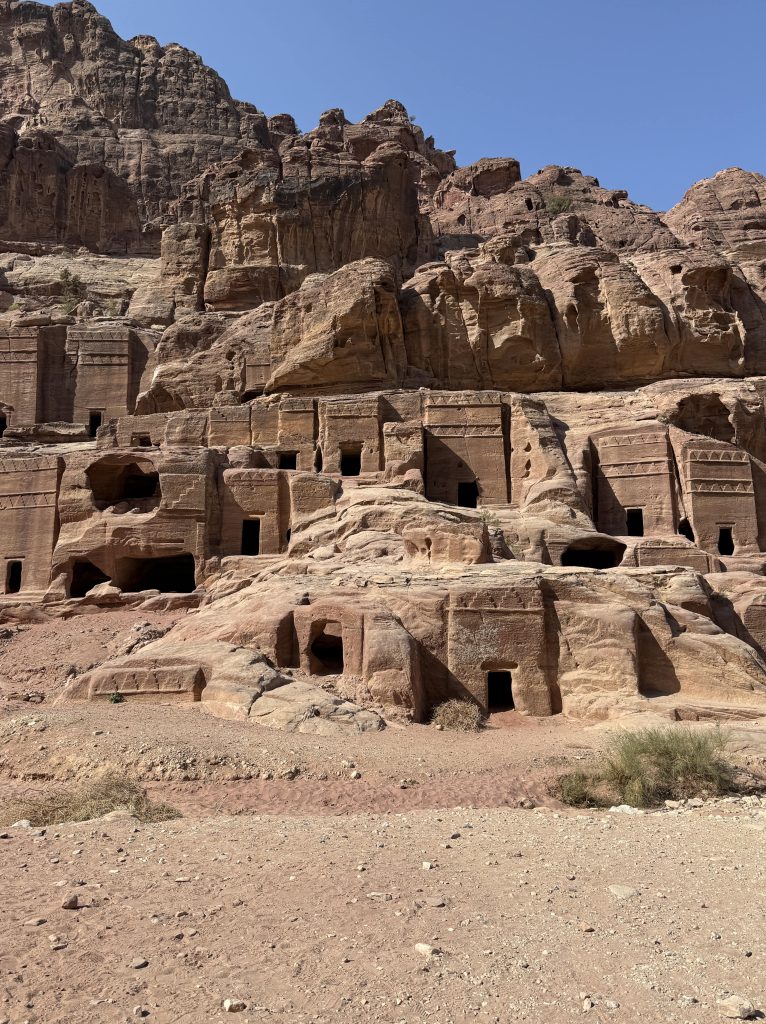
These were tombs for the lesser noblemen and their families
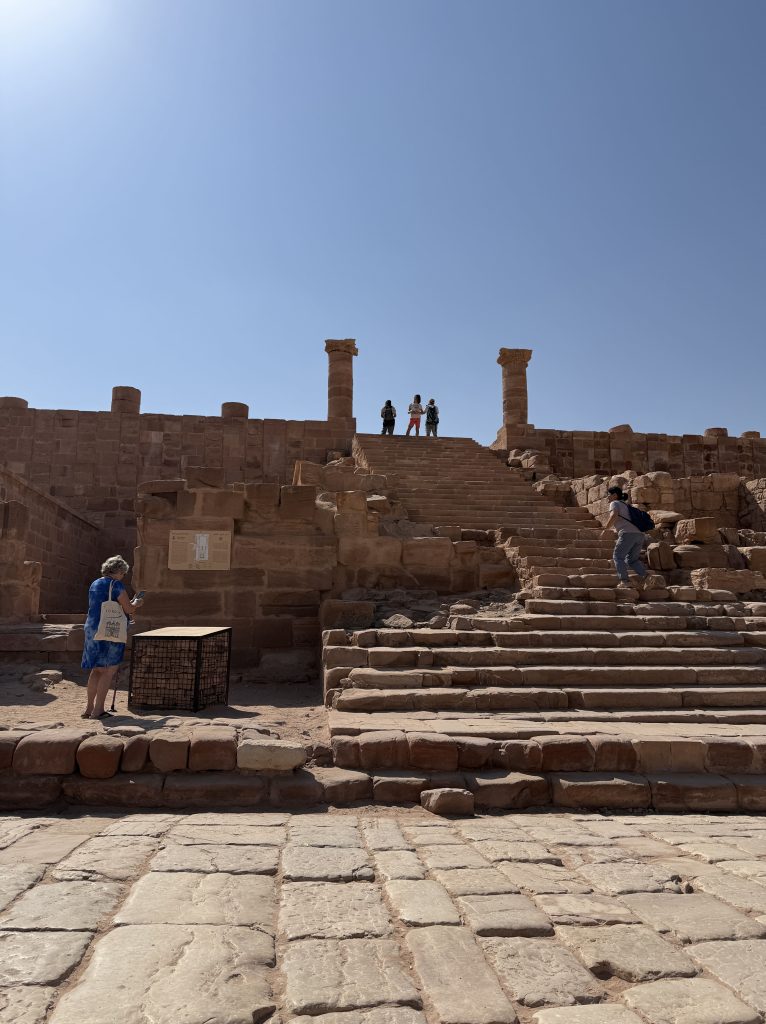
A Greco-Roman temple. The Greeks and the Romans took over the city in the early AD’s.
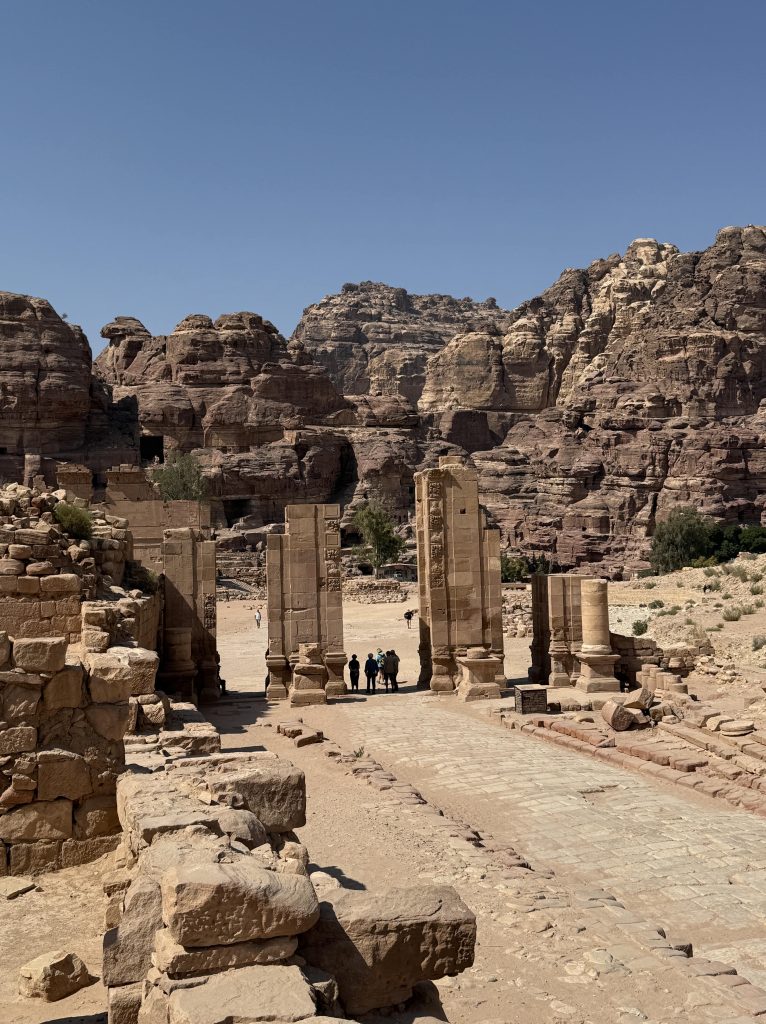
Everywhere you look there are ancient structures that still survive. And almost 90% of the ancient city remains undiscovered.
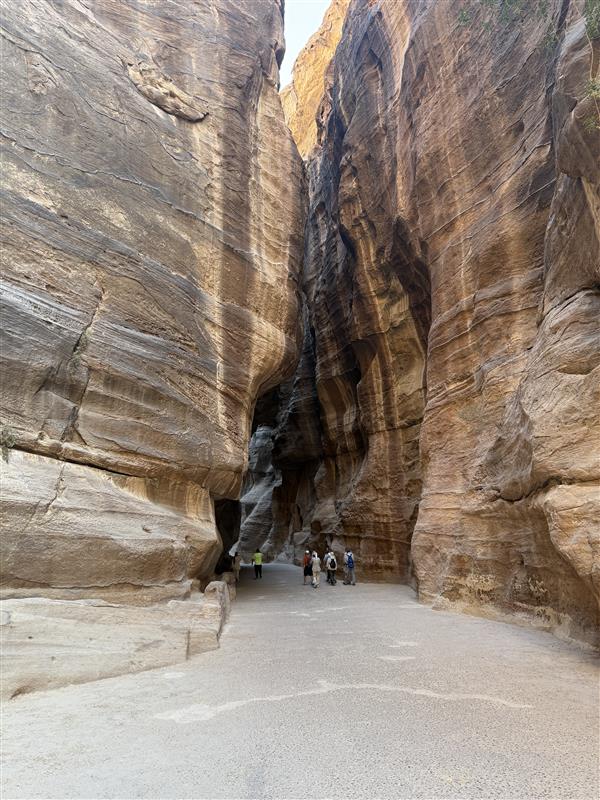
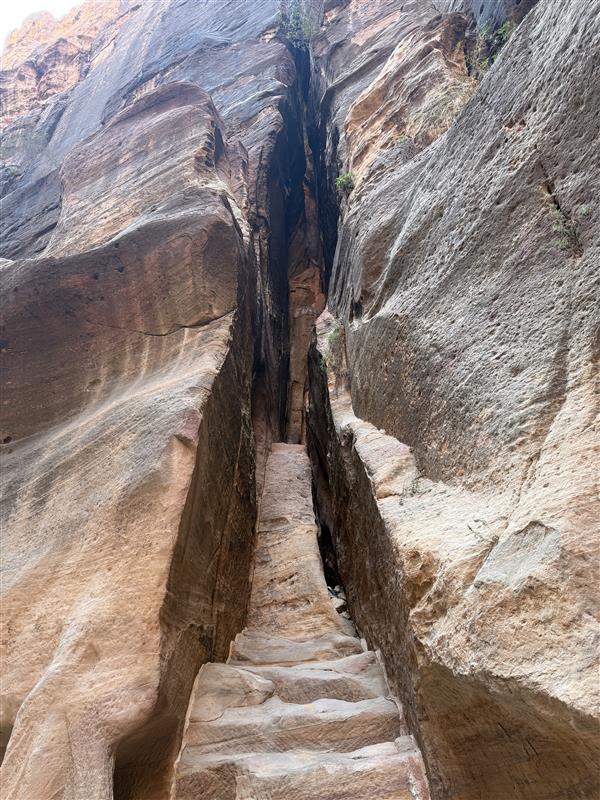
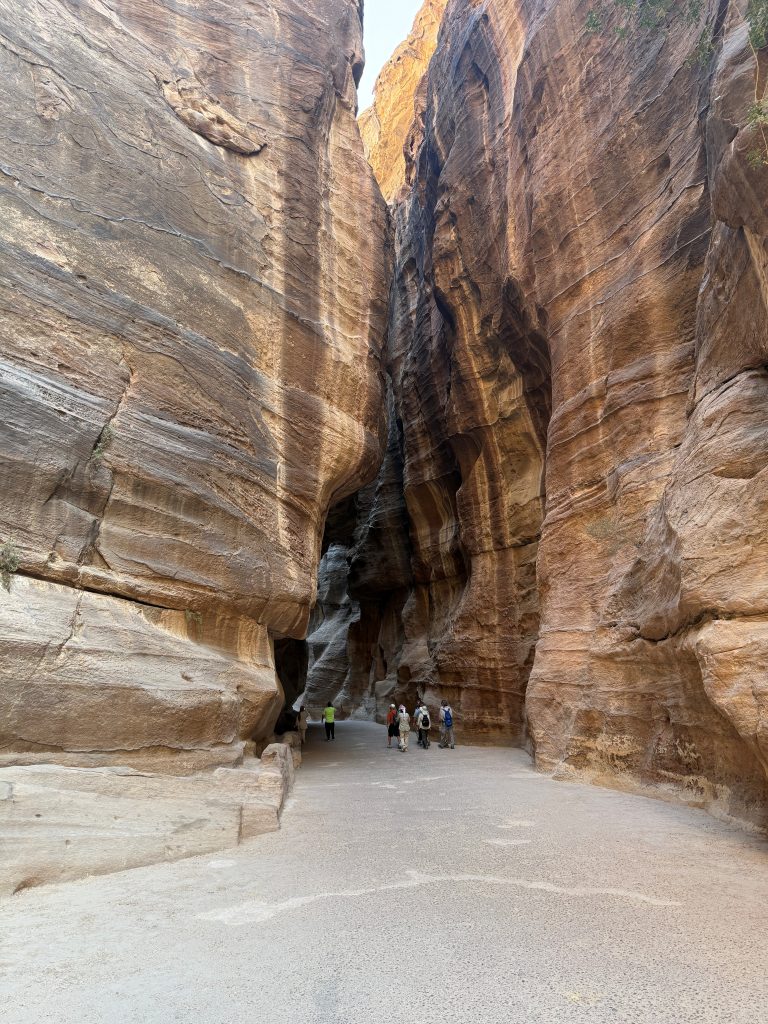
And honestly, even without all the ancient history and structures, the beauty and magnificence of the place is still awe-inspiring. Nature…
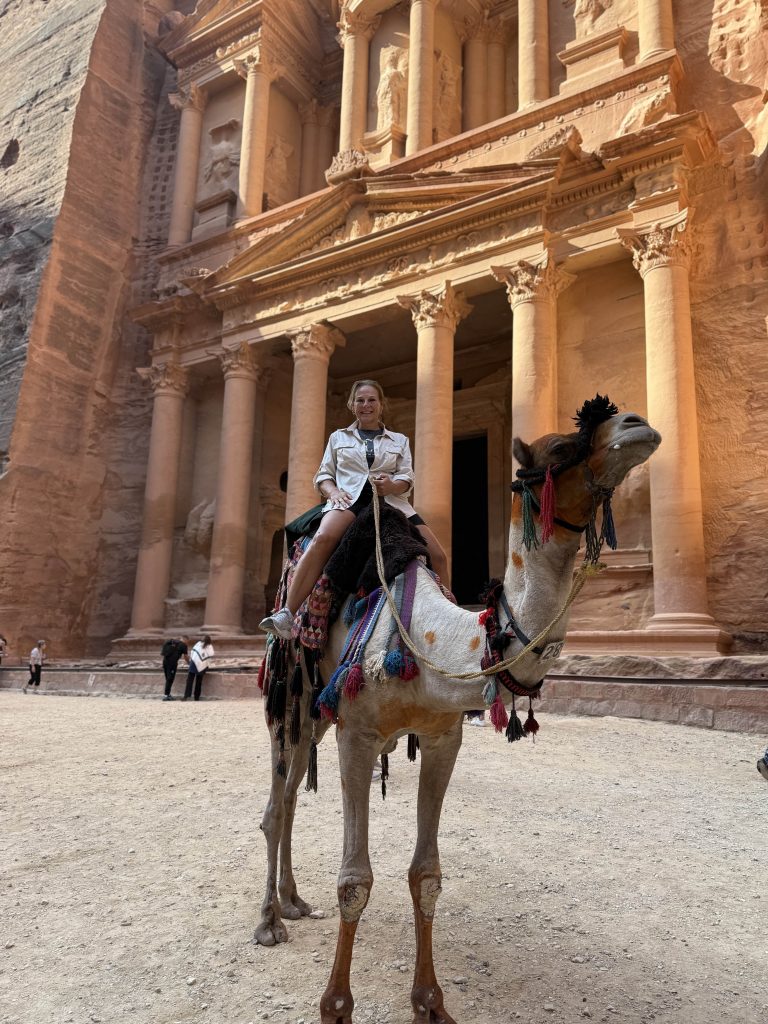
Seeing Petra on camelback. The way the ancient caravans passed through it.
